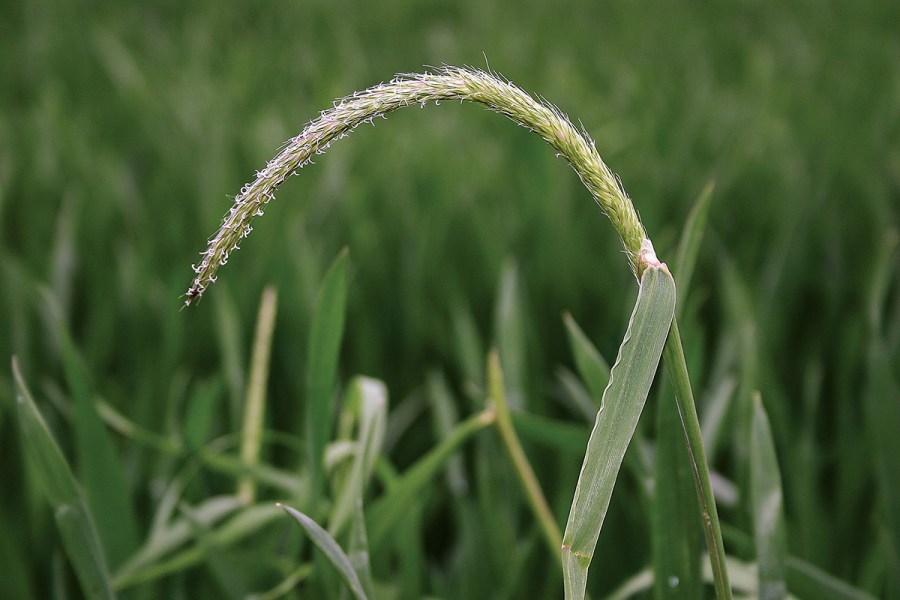A label extension for residual herbicide Xerton including pre-emergence use should give growers an additional option for blackgrass control this autumn.
Previously, the label restricted Xerton (ethofumesate)’s use to post-emergence, from two leaves of the crop, outside of its optimum pre-emergence window, according to UPL’s head of technical services, Stuart Jackson.
“Activity against grassweeds is primarily from shoot uptake; the active is taken up by the shoot as it grows through the soil and pushes through the surface,” he explains. “Once the shoot is through and the plant starts to develop its waxy cuticle, it no longer absorbs ethofumesate, and efficacy drops off.
“What you’re relying on when you apply early post-emergence is mostly to give residual control of subsequent flushes of emerging grassweeds, while the plants that are already established at application will grow through it.”
Trial data
That extra activity has been highlighted by a large dataset collected by Agrovista during six seasons. In 235 trials, Xerton delivered an average +9-10% control when added to various pre-emergence treatments, explains Agrovista technical manager, Mark Hemmant, compared with 7% when used post-emergence in a residual herbicide stack.
“It works best when it’s applied pre-emergence of grassweeds and is a good, cost-effective mixture partner. When you’re targeting blackgrass, the best pre-emergence treatments are either aclonifen- or cinmethylin-based. Adding ethofumesate can help with either of those.”
According to Stuart, for this level of additional grassweed control, farmers will find Xerton to be competitively priced compared with other pre-emergence tank mix partners.
He adds that Xerton can only be applied once in a programme, either pre- or post-emergence, to provide activity against blackgrass, brome, wild oats, annual meadow grass and loose silky bent. Both Italian and perennial ryegrass, however, are tolerant of ethofumesate.
Watch outs
“A restriction to be aware of is that you can only use a maximum of 1000g a.s/ha over a three-year period. So if you have beet in the rotation, this is something to monitor,” reminds Stuart.
At a use rate 0.6 l/ha in cereals, the 417g/ha Xerton formulation will apply 250g/ha. Mark says when growing beet in fields with blackgrass, 500g/ha of ethofumesate at pre-emergence is typically used. “And so you can easily use the other 500g/ha on post-emergence sprays in beet, particularly in seasons like this one when weed control has been challenging, so it’s something to bear in mind.”




